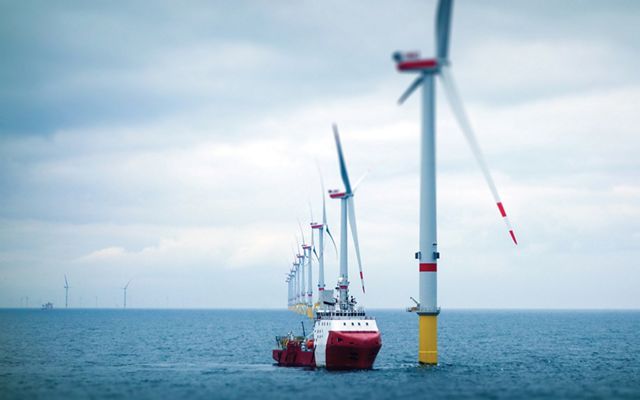Ocean and Coasts Network
Spanning nine southeastern U.S. states, as well as the Gulf and the Caribbean, we're combining forces and sharing resources for ocean conservation.
Quote: Pasco Gibson, Waterman
The Pensacola Bay system has changed pretty drastically over the course of my 50 years of working on it.
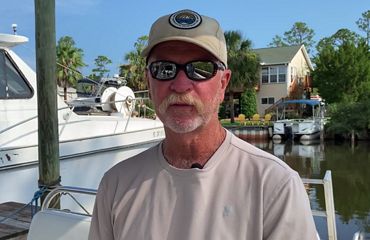
Oysterman Pasco Gibson awakens at dawn to get his boat ready for the day’s journey. For the past 50 years, he’s been working the waters of Florida’s Pensacola Bay as an oysterman, harvesting wild oysters and later guiding fishing tours. He fondly remembers his days as a boy oystering here with his grandfather, when the sacks of wild oysters they brought up seemed limitless. Today, the oysters are all but gone. TNC recognizes the urgency of the depletion of our marine resources, and is taking action to address it at scale.
Our Oceans Need Bold, Science-Led Action Now
Time is of the essence. A recent study conducted in the U.S. found that over 80% of Americans favor protecting marine areas that have environmental, educational or cultural importance, and 53% agree that protecting and restoring ocean habitats and species would help to reduce climate change. It is clear that critical concerns like the impacts of climate change, threats to the health of global fisheries and renewable energy siting need decisive and far-reaching solutions that require action at scale to succeed.
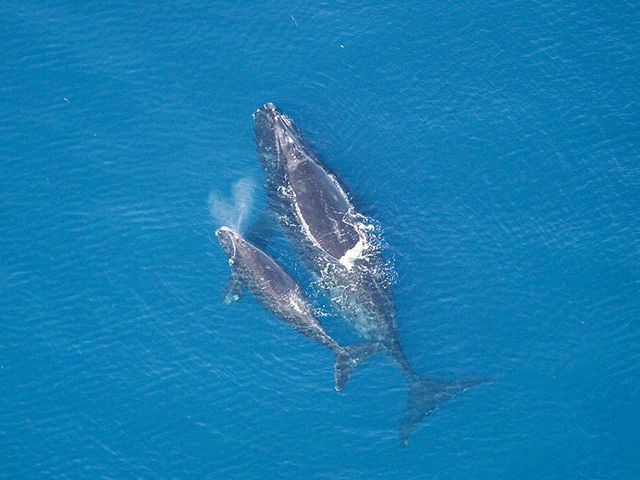
Threats to Our Oceans
In the southeast Atlantic, as well as throughout the Gulf and the Caribbean, natural and man-made pressures on these vast seascapes are mounting:
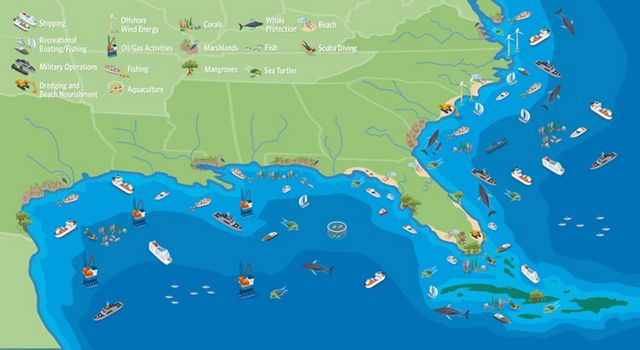
Scaling Ocean Conservation and Climate Action
The global response to these and many other threats to nature, is increasingly broad-based, deep support for climate and environmental initiatives including ocean conservation. Support is building at the international, national and state scale to conserve 30% of the country’s land and waters by the year 2030. The U.S. recognized the urgent need to address the climate crisis and passed the most significant clean energy and climate legislation in the history of the nation. It will put us on a path to innovate new technologies, leverage the carbon-storing powers of nature, incentivize cleaner energy and build community resilience.
It is essential that we leverage this momentum to align the scale of our solutions and collaborations to the scale of our challenges.
The Ocean and Coasts Network
TNC’s response to the mounting and multi-pronged pressures on marine habitats is our Ocean and Coasts Network (OCN): a program that helps us monitor, assess and tackle these impacts across a vast geography of watersheds, shorelines and open waters from Virginia down to the Gulf and into the Caribbean.

Looking beyond political borders and boundaries, OCN addresses ecosystem-wide challenges with a cohesive and united approach that leverages the areas of expertise and experience that each state and ecosystem-based program brings to the table.
At its heart, OCN pools our resources, shares our expertise and builds on our successes with a vision to realize a vision that matches the scale of current and future threats to our ocean and coasts. The program connects three large marine ecosystems that are intrinsically linked: the Atlantic Coast from Virginia to the Florida Keys, the Gulf Coast region from Florida to Texas, and the Caribbean.
The program also expands our marine work beyond existing near-coast projects to tackle offshore challenges. This extension will become increasingly important as the size and urgency of global risks continue to grow.

Leveraging Our Experience as a Catalyst for Change
TNC is the only global organization with the reach and expertise needed to address the large-scale risks to marine seascapes while simultaneously working locally with coastal communities, in estuaries, bays and watersheds toward shared goals.
Our unique approach combines on-the-ground and in-the-water projects with rigorous science, policy initiatives, electronic monitoring and reporting and community participation, and we have a proven track record of scaling successful endeavors for greater impact.

We are collaborators, connectors and facilitators, working with myriad partners on local, regional and national programs that have large scale, demonstrable impact. We are the voice of science, rooted in a sense of place and trusted by the communities we work with and for.
Highly Effective Collaboration
Our Prominent Partnerships:
-
Partnering with federal agencies, university scientists, state and local coastal managers and non-profit partners on ocean mapping and planning projects (i.e. Southeast Marine Mapping Tool, South Atlantic Bight Marine Assessment, Offshore Wind Energy Mapper, Governor’s South Atlantic Alliance).
-
Collaborating with local commercial and recreational anglers, state management agencies, regional fisheries councils and universities on sustainable fisheries projects, such as our oyster and snapper and grouper fisheries work.
-
Working with local governments, state and federal agencies, landowners, engineering firms and communities on coastal climate adaptation projects utilizing nature-based solutions.
-
Joining with local governments, state and federal agencies, coastal managers, NGOs, scientists, academia and other stakeholders to enhance and increase coastal habitat restoration.
TNC has engaged in shoreline habitat conservation across the United States and globally for decades—a critical goal for the organization. TNC’s efforts include the support of an impactful collective of 300 partners in NC, SC, GA and FL, as a member of the South Atlantic Salt Marsh Initiative (SASMI).
SASMI is focused on protecting and restoring salt marshes and conserving migration corridors and barriers so that salt marsh location can shift as sea levels rise. This cornerstone habitat is essential for fish and wildlife, thriving coastal communities, the economy and even national defense. Faced with a changing climate and increasing coastal development, this precious habitat is at risk, and its protection and restoration a critical goal for TNC.
As a collaborator of SASMI and steering committee member, TNC provided expertise to the 2023 report “Marsh Forward: A Regional Plan for the Future of the South Atlantic Coast’s Million-Acre Salt Marsh Ecosystem,” which offers a practical plan and crosscutting approaches to protect the 1 million acres of salt marsh ecosystem across the four states.
A History of Marine Conservation
TNC began its history of conserving marine ecosystems over 40 years ago, with one of the first local projects in the Florida Keys. We are currently engaged in projects across the globe—from the South Pacific to the to the Western Indian Ocean, and in every U.S. coastal state and territory.
In the intervening time, our marine work has evolved from protecting coastal lands to working in coastal waters with initiatives focused on wetland and oyster restoration and expanding into coastal resilience in the face of rising threats to the communities that live along our shorelines. We are growing our engagement offshore, with the goal of maintaining healthy oceans through conservation of critical habitats, sound fisheries management practices and smart siting of wind energy and other uses.
Our combination of policy, community engagement and conservation expertise will help connect and evolve our coastal strategies, while driving TNC’s increasing focus on open ocean conservation.
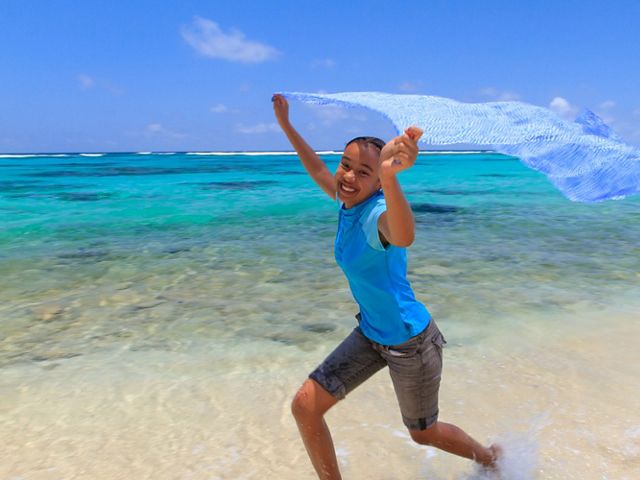
Scaling Up the Network
The path ahead is clear. The threats that imperil our ocean and coasts do not recognize jurisdictional borders. There are no fences in the ocean.
We are working collaboratively across ecosystems and states to halt the degradation, restore, and conserve our marine habitats and resources with a vision of a healthier future for nature and people. We are working to achieve renewal and regeneration for these waters and shores, and for the communities that depend on them.
With OCN we are fostering a holistic, broad view of ocean and coastal conservation that considers the impacts of far-reaching factors both human and natural on marine resources that do not adhere to state, regional or national boundaries.
Our Strategy
OCN creates the framework for collaborating and advancing our work across geographies to achieve these goals:
Ocean and Coasts Network Spotlight

New Southeast Marine Mapping Tool
The Southeast Marine Mapping Tool identifies marine and wildlife habitats in the Atlantic Ocean, allowing decision makers to draw from the best available regional data when making ocean planning decisions such as wind energy siting, installation of undersea cables, and more. Learn more about the tool.

Can blue carbon be a climate solution in Texas?
TNC is involved in blue carbon market projects in Australia, Belize, China and Kenya. It’s also an intriguing possibility in Texas, which produces 13% of U.S. carbon emissions—the highest rate in the country. Learn how TNC is mapping Texas wetlands to quantify the carbon benefits of different conservation and restoration initiatives.
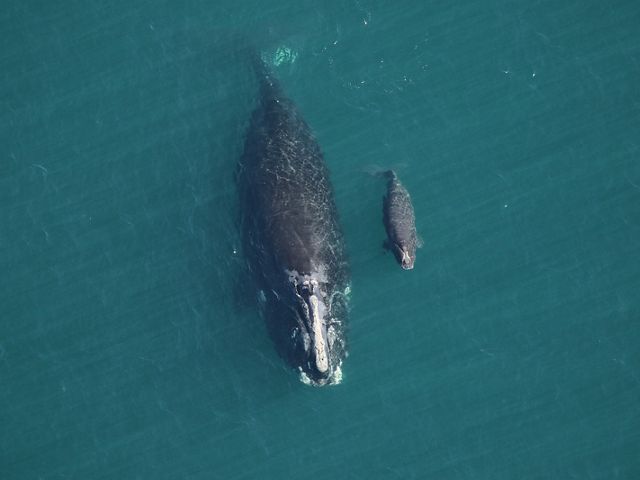
North Atlantic Right Whale's Fight for Survival
North Atlantic right whales have been federally protected for years after decades of hunting dwindled their numbers. Now, these marine mammals face new challenges to survival, like rope entanglements. Learn about their struggle to survive off the coast of Georgia and Florida.



